Mohamed AKIL Emeritus Professor LIGM Laboratory (UMR CNRS 8049) Gustave Eiffel University, ESIEE Paris
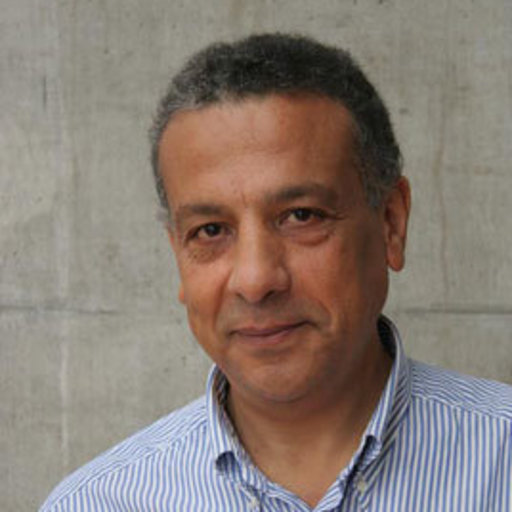
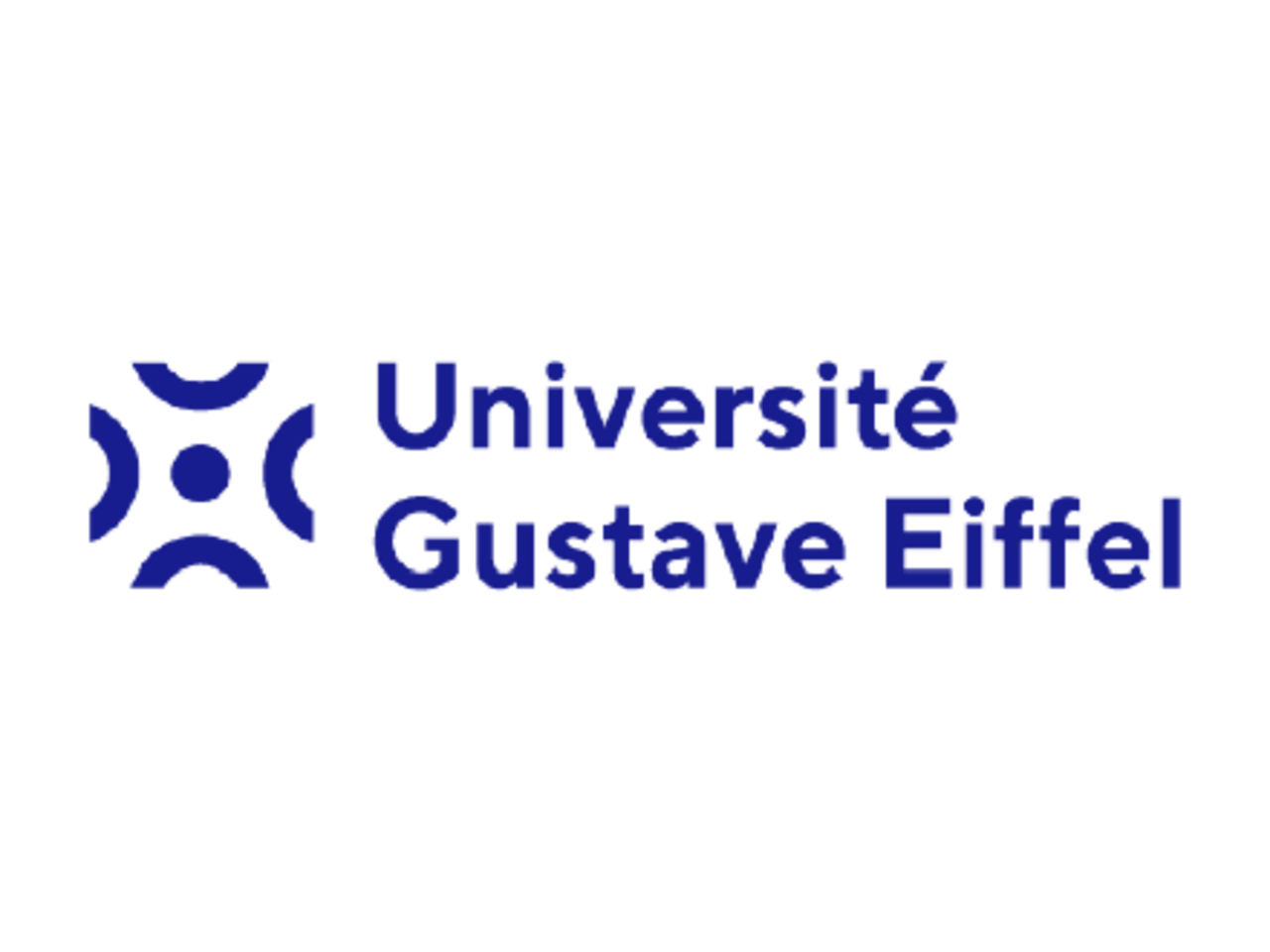
Multimodal retinal imaging: synthesis of some methods
for the automatic screening of ocular pathologies.
Abstract
Robust and reliable diagnosis of ocular pathologies and their origin, assessment of
their severity, choice of appropriate treatment, as well as monitoring of their
progression require the use of multimodal retinal imaging.
This imaging uses a variety of imaging techniques, the main ones being OCT (Optical
coherence tomography), OCT – A (Optical coherence Tomography Angiography),
OCT - 3D, Fluorescein Angiography (FA) and Indocyanine Green Angiography
(ICGA), as well as ultra-fast and ultra-widefield fundus imaging.
Increasingly, ophthalmological platforms are using a combination of these
techniques; we are talking about Combined Multimodal Imaging platforms. Using
these platforms, we aim to combine these different imaging sources to apply different
imaging techniques in order to locate, extract, segment and analyze the different
morphological structures of the ocular fundus, for the detection and monitoring of eye
diseases.
We present in this plenary these different imaging techniques, illustrated by
Framework examples, as well as their advantages and limitations. Subsequently,
through some research work, methods based on deep learning will be described
while showing how these methods exploit these different sources of retinal imaging to
make a precise diagnosis, ensuring monitoring of the evolution of the pathology, its
signs, as well as the prediction of its stages of severity. We will mainly deal with
multimodal methods based on deep learning for early screening, diagnosis and
detection of the severity of the three main pathologies namely Glaucoma, Diabetic
Retinopathy (DR) and Age-related Macular Degeneration (AMD).
Mohamed AKIL
Emeritus Professor
LIGM Laboratory (UMR CNRS 8049)
Gustave Eiffel University, ESIEE Paris
Professor in the Robotics and Autonomous Systems group of the Computer and Systems Engineering Unit (U2IS), ENSTA Paris.
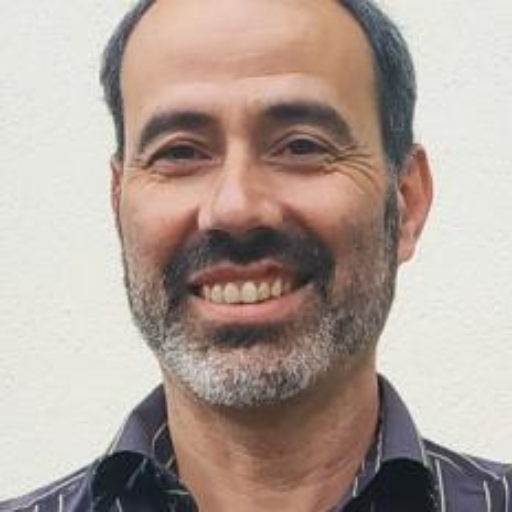
Human Motion Models for Automated Prediction and Assessment of Motor Disorders by Computer Vision
ABSTRACT: The observation of human movement is a fundamental tool in the prediction, evaluation and monitoring of a lot of different pathologies, from rheumatology to neurodegenerative diseases. To face the diversity of symptoms and the need for early detection of subtle signs, several types of movement are now currently used: gait, writing, eye movement, facial expressions, etc. While deep learning algorithms currently represent the state of the art for video classification in general, the best way to merge data of different types remains an open problem. Furthermore, building a reliable model from a small amount of annotated data is a major challenge for medical applications. We present in this plenary some approaches based on machine learning and computer vision to address the following research objectives: (1) Propose a non intrusive method (i.e. without markers or worn device) for automatic evaluation of patients' stage from standard RGB videos. (2) Build generic human motion models that can be learned from a reduced quantity of data. (3) Design deep learning fusion models that can combine efficiently data from different movement modalities.
Professor of Computer Science at ENSTA Paris and Researcher in Computer Vision within the Autononous Systems and Robotics Laboratory.
Ahmed LAKHSSASSI PhD. Ing, IEEE membre Senior. Membre du Conseil des gouverneurs de l'UQO Directeur du département d’informatique et d’ingénierie Professeur titulaire génie électronique Memb.Regroupement Statégique Microsystèmes Québec
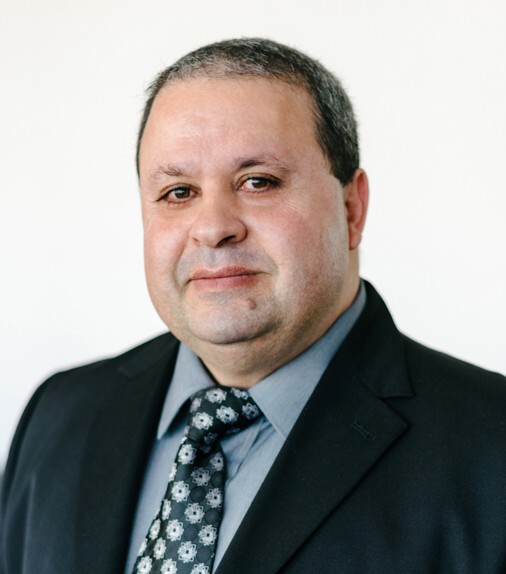
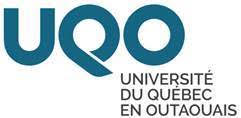
Title : Improving human health: Challenges and Methodology for controlling thermal doses during Cancer therapeutic treatment
Abstract : Controlled thermal ablation in order to maximize the therapy and minimize the side effects poses a challenge during the heating of the biological tissue. Traditionally, these processes are modelled by the bio heat equation introduced by Pennes, who used the Fourier’s theory of heat conduction. During my talk I will present our automated thermal dose control and prediction system for cancer tumors therapy by using Implantable Bio-chip solution. The proposed system is able to control thermal ablation doses deposition during a laser surgery/cancer treatment. A system would help physicians to predict thermal diffusion to organize the treatment as well as maximize therapeutic effects while minimizing side effects. A case study of the Laser Interstitial Thermal Therapy (LITT) will demonstrate his feasibility as Cancer therapeutic treatment. Furthermore, our Dosimetry Framework of the Bio-heat Transfer for Laser/Cancer Treatment will be introduced. This would provide a precise idea of the predicted reaction depending on selected doses, tissue geometry, and the laser source prior to the treatment; so new treatment strategies can be proposed and evaluated.
President of the Moroccan Society of Robotic Surgery
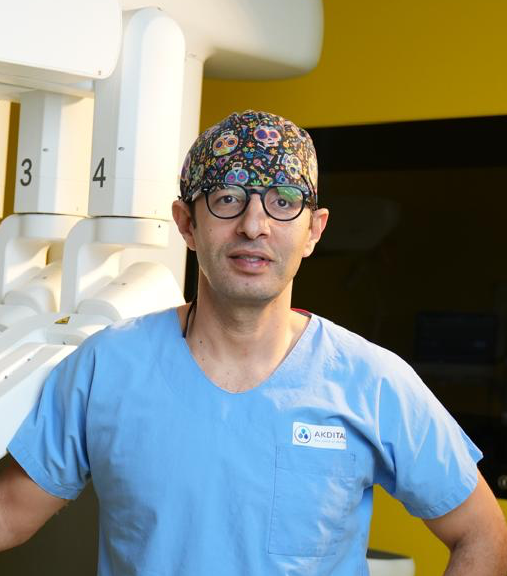

How Robotics Has Revolutionized Surgical Patient Care
Robotic surgery developed in the late 1990s and has now become a reference standard for minimally invasive approaches. This innovation involves using a robotic interface (telemanipulator) that enables very precise movements in extremely confined spaces through small incisions, articulated instruments, and 3D vision.
The advantages are numerous, including:
Recently developed systems feature new functionalities such as integration of preoperative imaging, telesurgery, and artificial intelligence tools. Future challenges for the widespread adoption of these technologies involve establishing dedicated robotics training centers and addressing reimbursement for these relatively expensive procedures.
Dr. Adil OUZZANE is a urologic oncologist surgeon based in Casablanca and the President of the Moroccan Society of Robotic Surgery (MSRS). He practiced for several years at the University Hospital Center of Lille, where he had roles in patient care (hospital practitioner), teaching at the medical faculty (university lecturer), and research at the Inserm Institute. During his career, he worked as an assistant surgeon at the prestigious Montsouris Institute in Paris and at Mount Sinai Hospital in New York, where he further honed his expertise in innovative surgical techniques for treating urological cancers, particularly laparoscopic surgery and robot-assisted surgery. On the scientific front, he holds a PhD in research and has authored and co-authored over 80 international publications indexed in PubMed, as well as several book chapters.
Professor, Specialist in Fixed Prosthodontics, Occlusodontics, and Digital Dentistry Hassan II University / Faculty of Dental Medicine, Casablanca
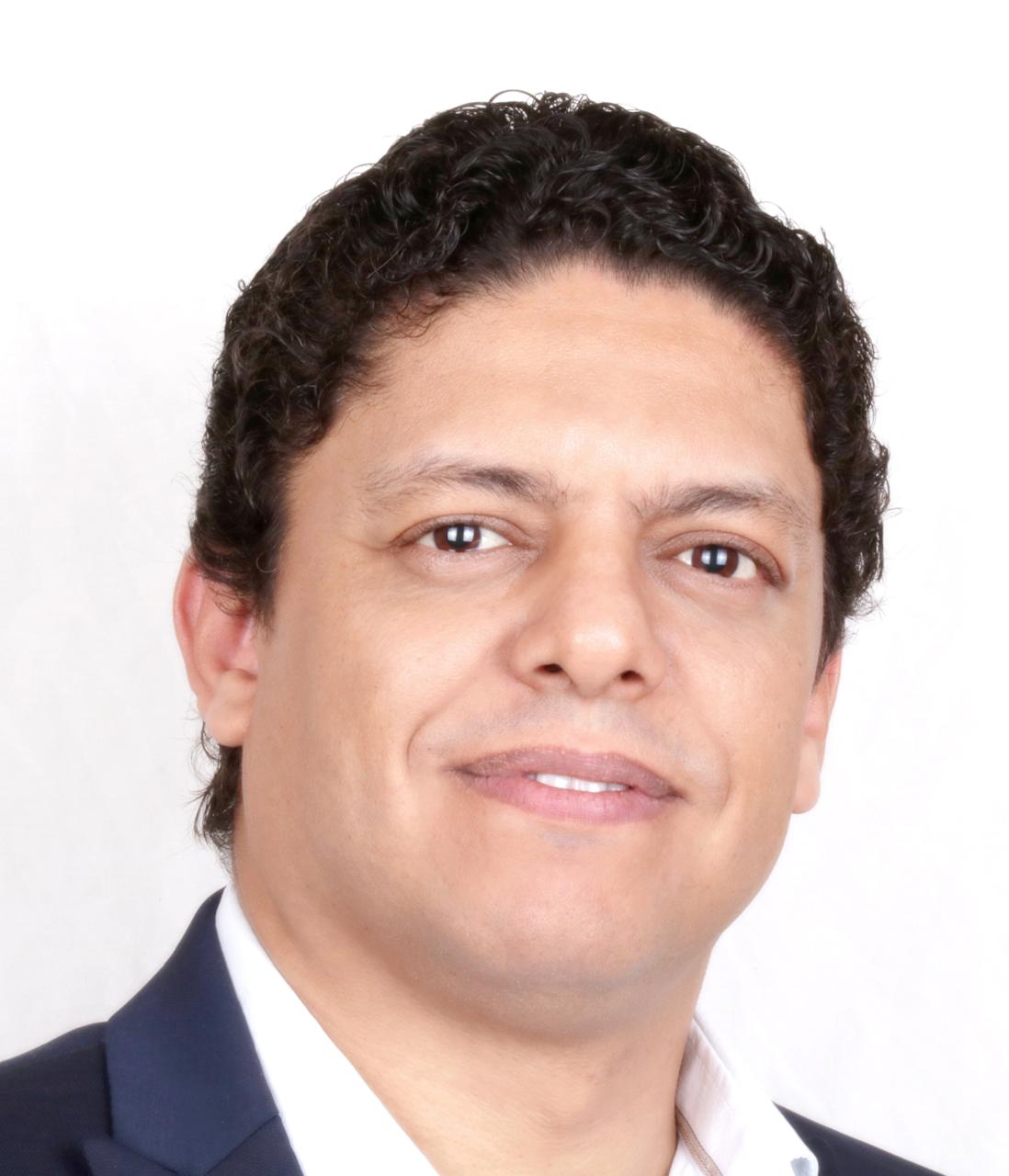
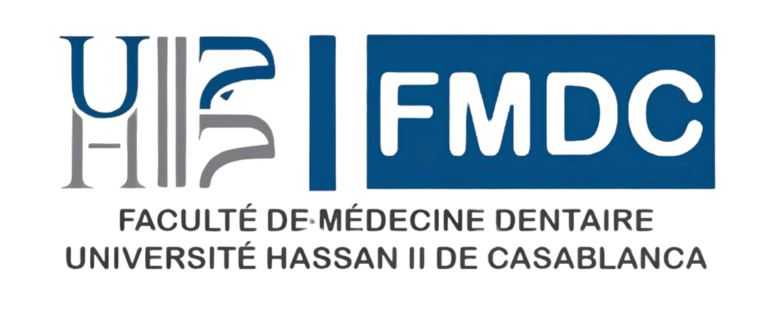
Prosthetic Dentistry 4.0: Digital Engineering Driving the Dental Revolution
The digital transformation of prosthetic dentistry represents a concrete application of digital engineering in modern dental medicine. This conference offers an in-depth exploration of the technological ecosystem that is redefining clinical standards in dental prosthetics.
The process begins with data acquisition through intraoral scanners, complemented by 3D facial scanners and cone beam computed tomography (CBCT), enabling a comprehensive three-dimensional modeling of the oral and facial anatomy. These multimodal data are integrated and processed using prosthetic and implant planning software, incorporating simulation engines, prosthetic axis calculations, dynamic occlusion analysis, and biomimetic visualization algorithms.
The manufacturing phase relies on additive manufacturing (3D printing) and subtractive manufacturing (CNC milling) technologies, ensuring high dimensional accuracy and reproducibility of restorations. The integration of this digital workflow guarantees micrometric precision, minimizes human error margins, and enhances the predictability of clinical outcomes, fully aligning with the principles of personalized medicine.
In summary, Prosthetic Dentistry 4.0 stands as a prime example of the convergence between digital engineering, functional design, and biomedical requirements.
Professor,
Specialist in Fixed Prosthodontics, Occlusodontics, and Digital Dentistry
Hassan II University / Faculty of Dental Medicine, Casablanca
Email: [email protected]